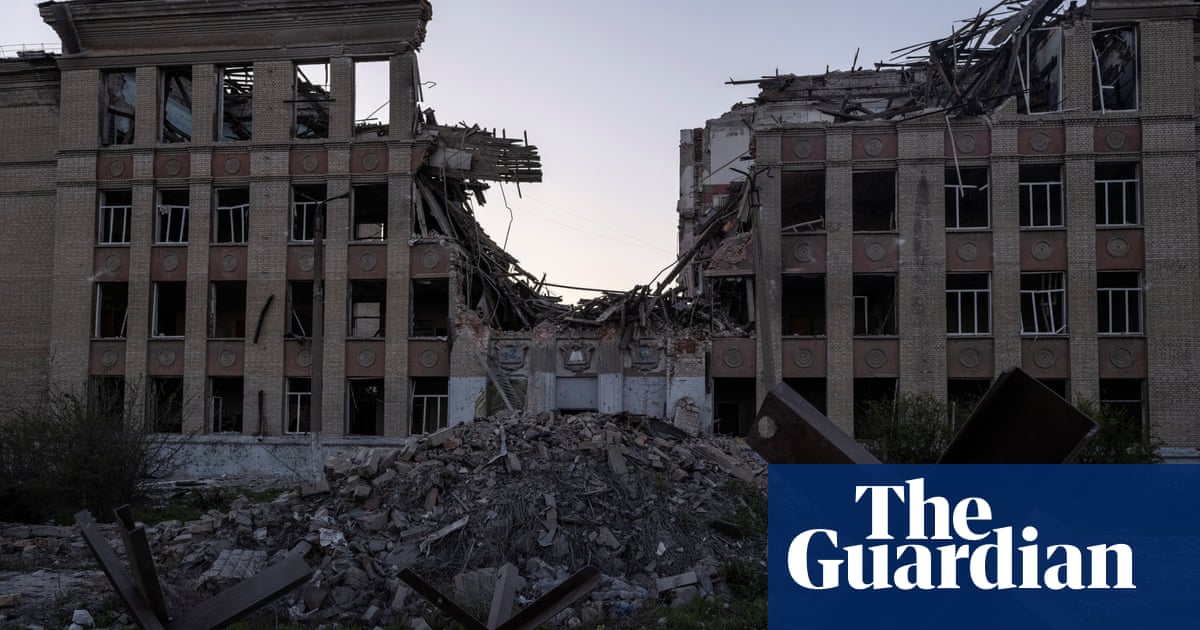The decision to pilot the use of stun guns in prisons was inevitable, but terrible (I hate the idea of British prison officers carrying stun guns – but it may be our only option, 22 April). How to reduce violence in our jails? The response always seems to be some new piece of kit – be it Pava spray, which it appears has been authorised for use on children, and now stun guns.
This doesn’t deal with the root causes of a service in perpetual crisis after a decade or more of austerity and a failed 30-year political race of longer sentences and locking more people up as the answer to reducing crime. If we hold people in squalid conditions, it’s hardly surprising more violence erupts. Prisoner assaults are at an all-time high, but so are deaths in prison custody, self-harm and overcrowding.
Use of force by prison officers, as with police officers, is always applied in greater numbers to black, Muslim and Gypsy, Roma and Traveller inmates. Racism is an indelible part of prison life. If we want to reduce violence in jails, the recent report on HMP Guys Marsh gives us a big clue. It identifies the deterioration in relationships between officers and prisoners. Politicians, senior Prison Service leaders and the prison officers’ union should reflect and take heed.
Mark Blake
London
Alex South believes, albeit reluctantly, that the time may be right for prison staff to be armed. After over 40 years in the Prison Service, and 12 years’ involvement in prisons in the UK’s overseas territories, I couldn’t disagree more. Unlike in the US and other jurisdictions, the operation of UK prisons has been predicated on building sound working relationships between staff and prisoners. That would not be possible if the dynamics changed with staff carrying stun guns.
The problem is that reductions in staffing levels and the loss of experienced staff have made the maintenance of control and the establishment of reasonable officer-prisoner relationships impossible.
Rather than creating additional barriers between staff and prisoners, the solution is to provide sufficient trained officers to establish control, build relationships and provide opportunities to change the lives of those in our prisons.
Keith Munns
Bramhall, Greater Manchester
Claiming stun guns will make prisons safer is perverse. A debate about violence and safety must include state violence against inmates and the shocking death rate in prisons, up to 399 deaths in the year to March 2025, an increase of 37%. In 2019, a European Committee for the Prevention of Torture delegation said it “encountered examples of the unprovoked and unjustified infliction of violence on prisoners by staff”.
A report by the charity Maslaha noted that Muslim prisoners are more likely “to be confronted with batons, made to wear rigid bar handcuffs, or deliberately held in a painful position”.
An effective response would be to commit to a dramatic reduction in the prison population. Also, the culture of immunity and impunity needs to be replaced with a system that is democratically accountable, and human rights prioritised over technology. This would improve safety for all – a better use of money than further weaponisation or building more prisons.
Deborah Coles Executive director, Inquest, Joe Sim Emeritus professor of criminology, Liverpool John Moores University, Steve Tombs Emeritus professor of criminology, the Open University

.png) 10 hours ago
9
10 hours ago
9













































